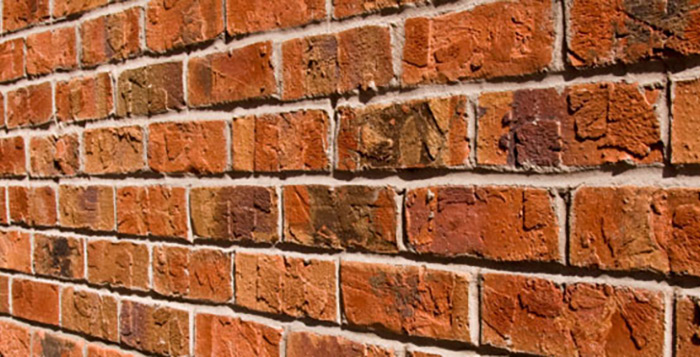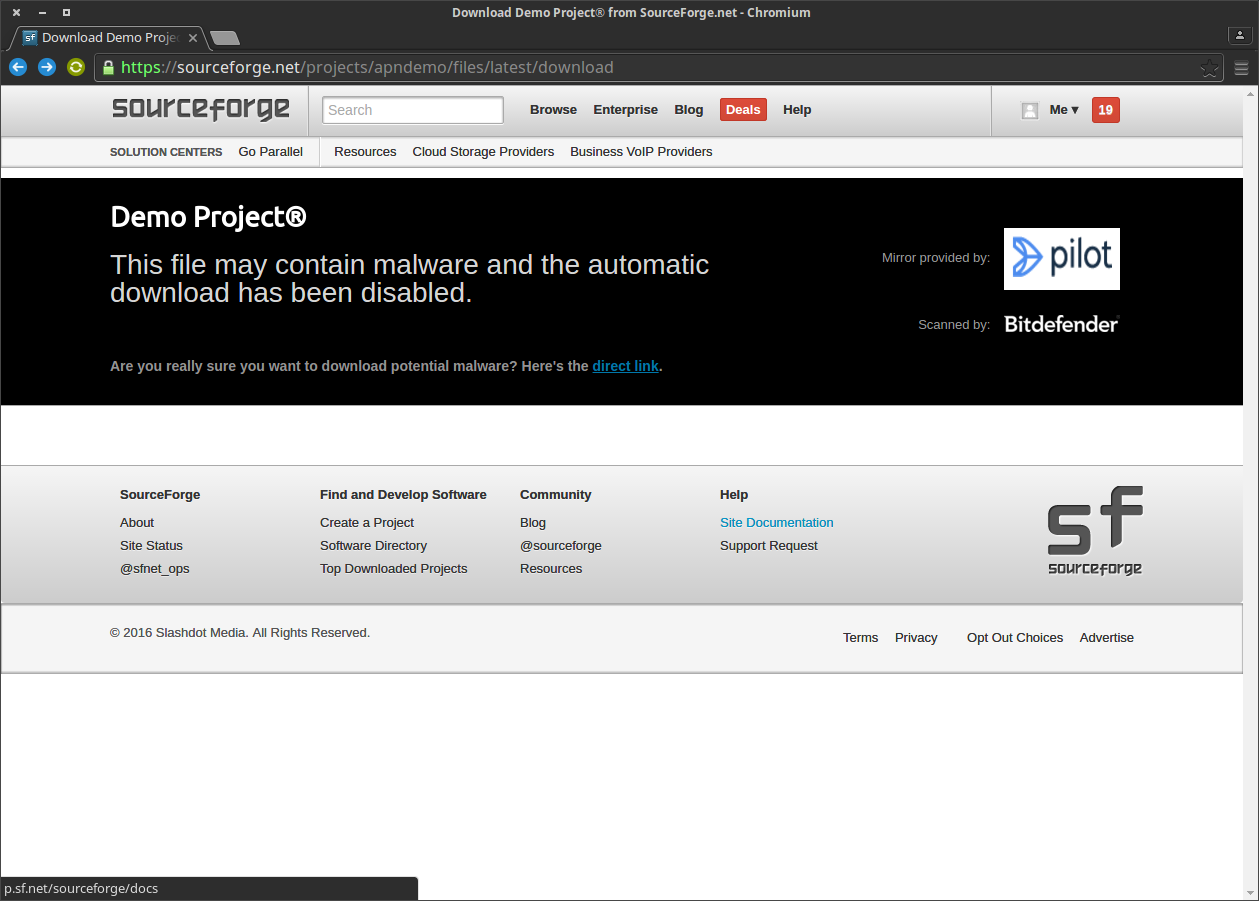

Here are just two sample pages:Īll tools I mentioned are free and available for download. Most relevant lego cad mac websites thumbnail of the, favicon add to compare. The final result can be seen on my Brickshelf. Then I save the instructions as images and do some final retouching in GIMP - moving stuff around a couple pixels, adding photos, stitching pages together, etc.Understand and trace dependencies across your distributed system so you can detect anomalies, reduce latency, squash errors, and optimize your customer’s experience. Then I feed the LDraw model into LIC, which generates a draft of the instructions and allows me to fine-tune them interactively. Get complete app visibility for everything from backend APIs to frontend user devices with New Relic Application Performance Monitoring.il link alternativo alla pagina del progetto Bricksmith su SourceForge. It has a steep learning curve, but once you have figured it out, it's a breeze. Non finiscono mai i pezzi di Bricksmith, una scatola del Lego infinita e virtuale. So anyway, my complete toolchain looks as follows: Might work on a different machine, though, or a more recent OS. Allegedly it can also export to PDF, and integrates with POV-Ray for higher-quality images, but sadly neither of these options works for me (as I said, there are some bugs). Compare LEGO Digital Designer VS Bricksmith and find out whats different, what people are saying, and what are their. LIC will also automatically create a parts list as the last page of the instructions. add text labels such as part counts, your name, really anything.make a template for your instructions (things like fonts, font sizes, background color, and so on and so forth), so instructions for different models have the same, your very personal, look and feel."displace parts with arrows" (just like in TLG's instructions, where the part has not been connected to the model yet, but an arrow shows where it's supposed to go and which way around) - this can be done in any direction, up or down, left and right, top and bottom, and for several parts, too.rotate individual parts or the entire model, automatically adding rotation icons if you wish.move everything around the page freely.move individual parts between the steps.switch between vertical and horizontal layout.Some of the things you can do with it are:

(Scroll down for sample images of the final instructions for two models.)īasically, it's a WYSIWYG editor that takes an LDraw model as input. But it's very easy to use, quite versatile, and I am more than happy with the results. It's beta, somewhat buggy, and for all I can see it was written by just one AFOL in his spare time, and the development has stopped. So what I ended up using, with great success, is LIC (LEGO Instruction Creator). I also tried a bunch of other tools, some of which are mentioned elsewhere on this page, with mixed results. I tried LDD at first, but frankly, the order in which it adds the parts is often quite nonsensical:


 0 kommentar(er)
0 kommentar(er)
